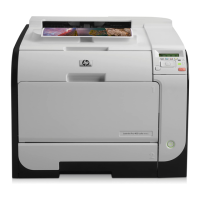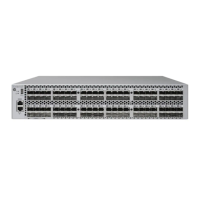[ / run-option [, run-option ] ... / ]
{ tape-device-name }
{ ( tape-device-name1, tape-device-name2, ... ) }
, VOLUMEMODE, { $volume | $ldev } [ -P | -M ]
[ , volume-mode-backup-option ] ...
node.volume.subvolume
indicates the node, volume, and subvolume where BACKUP runs. It defaults to the current node,
volume, and subvolume if these parameters are omitted.
NOTE: The current node during a backup is the node where BACKUP is running. It is
recommended that you run BACKUP on the node where your TACL process is running.
run-option
is any option for the TACL RUN command. The two most common run options are:
IN filename
OUT listfile
The IN option specifies input files, and the OUT option specifies the output files. These files
usually override the home terminal as the input or output device. An IN file is a text file
containing the remainder of the command line, including parameters and options. For a
complete list of the run options and a description of the TACL RUN command, see the TACL
Reference Manual.
tape-device-name
is the name of a tape drive to use for an unlabeled-tape BACKUP operation or a DEFINE name
for a labeled-tape BACKUP operation. To create a single backup tape, specify one
tape-device-name. To create two identical backup tapes on two separate drives, specify
two names (enclosed in parentheses and separated by a comma). For unlabeled-tape operations,
to specify up to four tape drives, use the MULTIDRIVE option (page 58). The
tape-device-name is one of:
[ \node.]$device
[ \node.]$ldev
define-name
node
is the name of the node (system) where the tape drive resides.
device
is the name of the magnetic tape unit, such as $TAPE1.
ldev
is the device number of the magnetic tape unit, such as $17.
define-name
specifies a CLASS TAPE DEFINE name for backup to labeled tape. This DEFINE sends a
request to $ZSVR (the labeled-tape server process) for labeled-tape processing.
backup-files
designates the files to be backed up in one of these formats:
fileset
fileset-list
qualified-fileset-list
as described in File Sets, File-Set Lists, and Qualified File-Set Lists (page 42).
BACKUP Syntax 41
